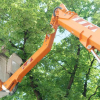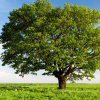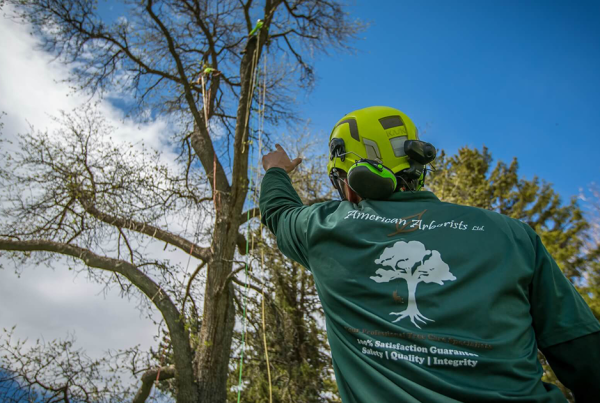
Planting trees, the right way at least, is more than just digging a hole in the ground and simply dropping the tree in it. It’s not as easy as most people think. Before you can learn how to plant a tree properly, you need to accept the fact that there is a right way and a wrong way of doing it. There are acceptable methods, advisable even, and there are those that are downright wrong and should be avoided.
How a tree is planted will greatly affect its growth and development, health, and appearance in the ensuing seasons. Trees are planted incorrectly can become weak, structurally unsound, and may even become a hazard as they mature. The following are the do’s and don’ts of planting trees.
What To Do When Planting A Tree
Do Choose The Appropriate Species Of Tree Based On Your Region
Before you begin planting trees, do some research about the different tree species that grow in your area. You may consult experts for some advice on which types of trees are best suited in your property.
- You need to consider survivability and adaptability when choosing a tree to plant, especially if you live in an area where fluctuating temperatures and extreme weather are a concern
- Once you’ve picked the tree you want to plant, make sure to choose the appropriate plant site suited for the tree
For instance, if the tree, once mature, can grow quite huge, you may want to avoid planting it near structures where its size can become a problem in the future.
Do Position Your Tree With Energy Conservation In Mind
This may surprise you, but trees play a role in energy conservation, especially when planted in the right area of your property. For example, trees with large crowns should be positioned on the south side of your property. The crown will provide shade for windows, as well as the roof, from the afternoon sun. Similarly, small to medium-sized evergreen trees can act as windbreakers during the winter, when positioned on the west and north sides of the property.
Do Choose The Appropriate Time To Plant The Tree
Here’s something not a lot of people know about: There are a good time and a bad time to plant trees.
- The rule of thumb is, plant the tree when there’s enough time for them to establish their roots, before certain stressors become a factor, such as low moisture levels in the soil, high heat, and extremely low temperatures.
- In most parts of the country, the ideal time to plant a tree is between late summer and early fall.
- The idea is to let the tree acclimate its roots to your soil long enough that it can survive winter and grow rapidly as soon as spring hits.
Fact: Trees develop better and establish a more extensive root system when they have a fuller crown. It is best to limit pruning to structural training purposes, as well as to the removal of dead or damaged branches.
What NOT to Do When Planting a Tree
Don’t Plant Large Varieties of Trees In Small Spaces or Near Structures
It goes without saying that all young trees, when they’re planted, are relatively small; they don’t occupy much space. But you need to consider the variety or the species of the tree before planting it. If you plant it in a small area or near a structure such as power/telephone lines, you better make sure that it’s not of a large variety, because it will become a problem later on.
Don’t Choose A Tree To Plant-Based On How Fast It Grows
You shouldn’t allow personal preferences or convenience to dictate your choices when deciding on the type of tree to plant. Once you decide to plant a tree, you’re essentially putting in an investment. And although some species of trees do grow faster than others, they are more susceptible to storm or winter damage compared to the slow-growing variety.
Don’t Overdo Fertilization and Watering
Although newly planted trees need all the nutrients they can get to thrive, and they need constant watering to absorb moisture, there is such a thing as overdoing it. There is a limit to how much nutrients and moisture a young tree can absorb. So keep that in mind when planting trees.
Of course, the best course of action when planting trees is to ask for professional help. Hiring a Certified Arborist can help you choose the right tree to plant, prepare the area for planting, and provide health care and maintenance for your growing tree.
What advice to you have to share? Comment below!









